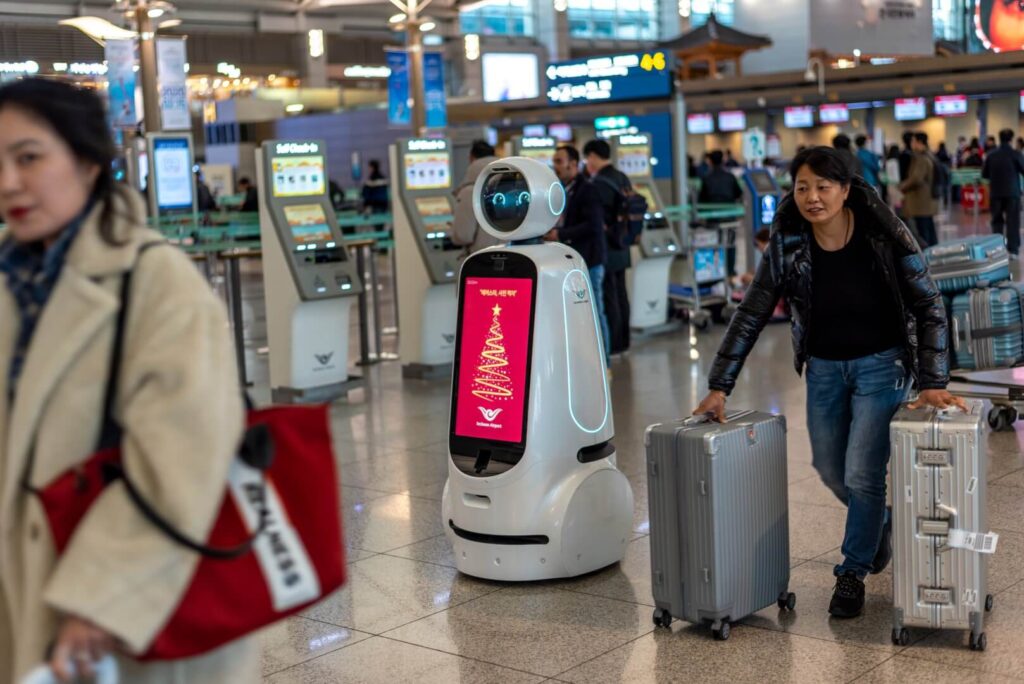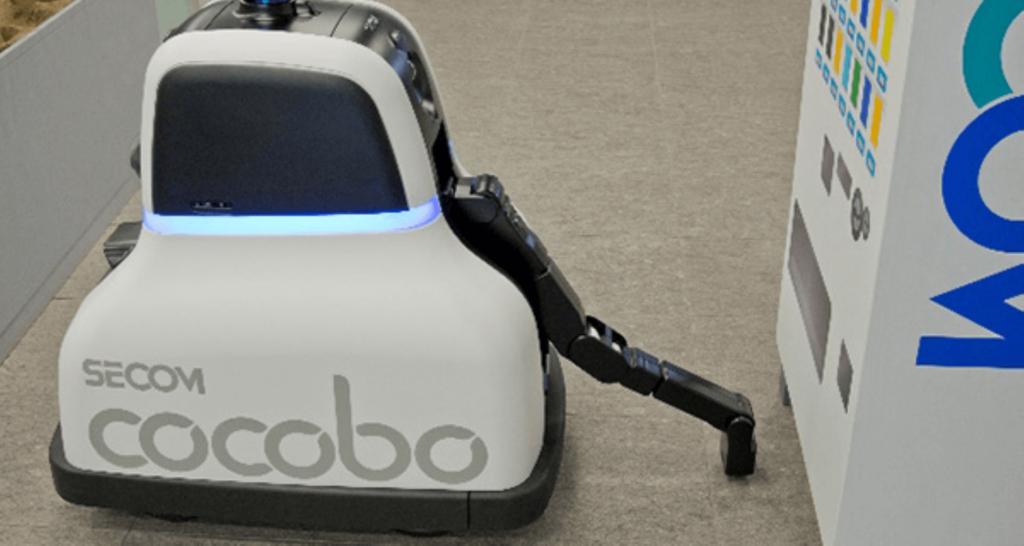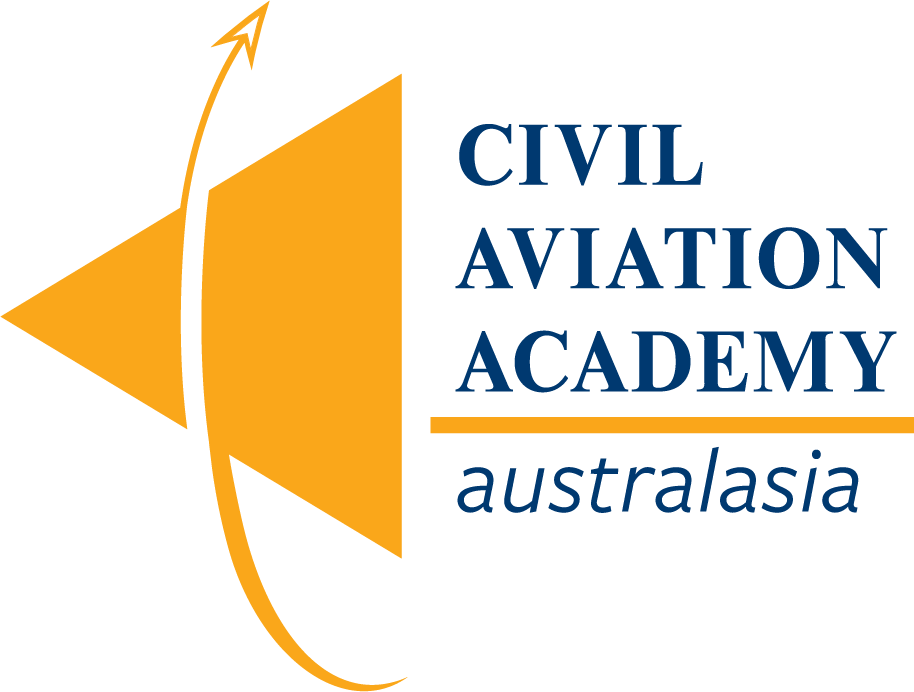- 08 6180 7939
- andy@caaa.com.au
- Mon - Fri: 9:00 - 15:00 (WST Perth)

CAAA News
The Role of Artificial Intelligence
Facebook
LinkedIn
The Ongoing Evolution of Safety: The Role of Artificial Intelligence and Predictive Analytics in Aviation
Any in-depth analysis of any incident will reveal a combination of factors, including human error, technological complexities, and organisational dynamics.
As aviation technology advances and systems become more intricate, understanding and mitigating human error remain at the forefront of safety initiatives. Operators and regulatory bodies are constantly intensifying efforts to address these root causes through enhanced training programs and the integration of advanced technologies.
This involves continuous risk assessment, data-driven decision-making, and the integration of cutting-edge technologies to identify and mitigate potential hazards before they escalate.
The role of artificial intelligence (AI) and predictive analytics
AI-driven safety systems can analyse real-time flight data, identify deviations from normal parameters, and alert pilots or ground control to potential safety risks. This real-time monitoring significantly contributes to improving overall flight safety. One of the most transformative developments in recent years is the integration of artificial intelligence (AI) and predictive analytics.
From forecasting flight delays to the implementation of machine-learning technology, the adoption of AI is rapidly transforming the landscape of the aviation industry. Notably, the global artificial intelligence market has seen a substantial surge, skyrocketing from $152.4 million in 2018 to an estimated value of $2,222.5 million by 2025.
AI has revolutionised the way aircraft maintenance is conducted. Predictive maintenance, powered by AI algorithms, enables airlines to anticipate component failures before they occur. By analysing vast amounts of data from aircraft sensors, AI systems can predict potential issues, allowing airlines to schedule maintenance proactively, reducing unplanned downtime and enhancing overall safety.
AI also plays a pivotal role in optimising air traffic management. Smart algorithms process real-time data on weather conditions, air traffic, and airport operations, helping controllers make informed decisions. This not only enhances safety but also improves airspace capacity and reduces delays, contributing to a more efficient and sustainable aviation ecosystem.
AI is making significant advancements in enhancing customer satisfaction and retention. AI is being harnessed by airlines to elevate the customer flight experience through the provision of personalised services. For example:
- offering personalised travel itineraries including tailoring in-flight entertainment options and predicting individual preferences for meals
- furnishing real-time updates on flight status and potential delays
- employing AI chatbots to promptly address customer queries and resolve issues.
Virgin Atlantic is one airline tapping into the value proposition of AI. The airline is integrating Amperity’s AI-driven Customer 360 platform, to unify, manage, and apply its vast customer data, offering travellers a more tailored and interconnected journey.
Narita Airport is taking security to the next level by synergising human expertise with cutting-edge robotic capabilities. ‘Cocobo’ is an advanced security robot incorporating state-of-the-art technologies such as AI and 5G for comprehensive airport patrolling and inspection. ‘Cocobo’ can swiftly analyse real-time images captured by its camera, detect anomalies, and promptly transmit data to the disaster-prevention center and security entities to address the situation. Equipped with an optional arm, ‘Cocobo’ can also inspect litter bins, operating doors, and more.

Predictive analytics: anticipating challenges, enhancing efficiency
AI-driven systems offer potential cost reductions and operational enhancements. Swiss International Air Lines and Lufthansa have exemplified the success of integrating AI into their operations. Swiss International Air Lines achieved remarkable results, saving $5.4 million last year and optimizing over half of its flights. Lufthansa, leveraging AI for precise wind pattern forecasts, witnessed a 40 percent improvement in accuracy, contributing to the mitigation of flight delays and cancellations at Zurich Airport.
AI is revolutionising airline operations and financial management:
- Predicting flight delays: predictive analytics, fuelled by real-time data analysis, aids in anticipating flight delays, adjusting departure times, and efficiently rebooking customers, considering various factors like weather conditions and operations at other airports.
- Fuel consumption and emissions management: AI technology optimises flight plans to minimise fuel consumption by avoiding adverse weather or traffic conditions, contributing to environmental sustainability.
- Pricing optimisation and revenue management: utilising machine-learning algorithms, pricing optimisation ensures optimal flight bookings, maximising sales revenue while minimising the risk of overbooking and associated financial losses.
- Automating inventory management: AI algorithms analyse usage patterns and maintenance schedules, ensuring timely availability of spare parts, thereby reducing inventory costs.
- Aircraft malfunction identification: predictive maintenance powered by AI identifies potential aircraft malfunctions before they occur, resulting in lower maintenance costs and fewer flight disruptions.
- Streamlining airport procedures: facial recognition technology, driven by AI, expedites check-ins, immigration processes, and baggage handling, reducing labour costs and enhancing overall efficiency.
- Crew scheduling optimisation: machines learning algorithms automate the complex process of crew roster planning, considering historical data, flight schedules, standby crew, vacation plans, and rest requirements.
- Efficient repair and assembly: maintenance technicians and aircraft manufacturers leverage AI software and robots including ChatGPT to enhance repair, assembly processes, and expedite design/certification, contributing to overall operational efficiency.
Challenges and ethical considerations
As AI becomes more integrated into aviation, it is essential to address challenges and ethical considerations. These include data privacy, algorithm transparency, and the potential impact on employment within the industry. Striking a balance between innovation and responsible use is crucial for the sustainable development of AI in aviation.
Certain individuals harbor genuine apprehensions about AI or robots displacing their employment. The truth is that while AI might alter our work methodologies, human perception and intellect remain indispensable, particularly in areas involving highly intellectual property that necessitates a symbiotic relationship between machines and humans. Human involvement is essential for overseeing and managing AI systems. Additionally, AI has the capacity to generate new job opportunities within the aviation sector, encompassing tasks such as:
- formulating algorithms to enhance AI functionalities
- overseeing the upkeep of AI systems for both aircraft and ground operations
- ensuring the responsible and ethical utilisation of AI in various applications.
The future with AI and predictive analytics
In September 2023, UK researchers produced a computer model of air traffic control in which all flight movements are directed by artificial intelligence rather than human beings. Their ‘digital twin’ representation of airspace over England is the initial output of a £15mn project to determine the role that AI could play in advising and eventually replacing human air traffic controllers.
Dubbed ‘Project Bluebird’, the research is a partnership between National Air Traffic Services (NATS), the company responsible for UK air traffic control, the Alan Turing Institute, a national body for data science and AI, and Exeter university, with government funding through UK Research and Innovation, a state agency.
Its first results were presented at the British Science Festival in Exeter.
Reasons for involving AI in air traffic control include the possibility of directing aircraft along more fuel-efficient routes to reduce the environmental impact of aviation, as well as cutting delays and congestion, particularly at busy airports such as London’s Heathrow.
There is also a shortage of air traffic controllers, who take three years to train. Researchers are using a database of past flight records to train their AI system.
While still in its early stages, AI is paving the way for the development of autonomous aircraft. Research and testing are ongoing to create intelligent systems capable of handling various flight phases, further advancing the possibilities of unmanned aerial vehicles (UAVs) and autonomous air travel.
Machine learning algorithms and data science are used to recommend collaborative actions with air traffic control teams, including tackling climate change policies such as achieving net-zero carbon emissions by 2050 through better routing and lower fuel consumption.
The integration of AI and predictive analytics is propelling aviation into a new era of safety, efficiency, and innovation. As these technologies continue to evolve, collaboration between aviation stakeholders, regulators, and technology developers will be key to ensuring their responsible and effective implementation.

